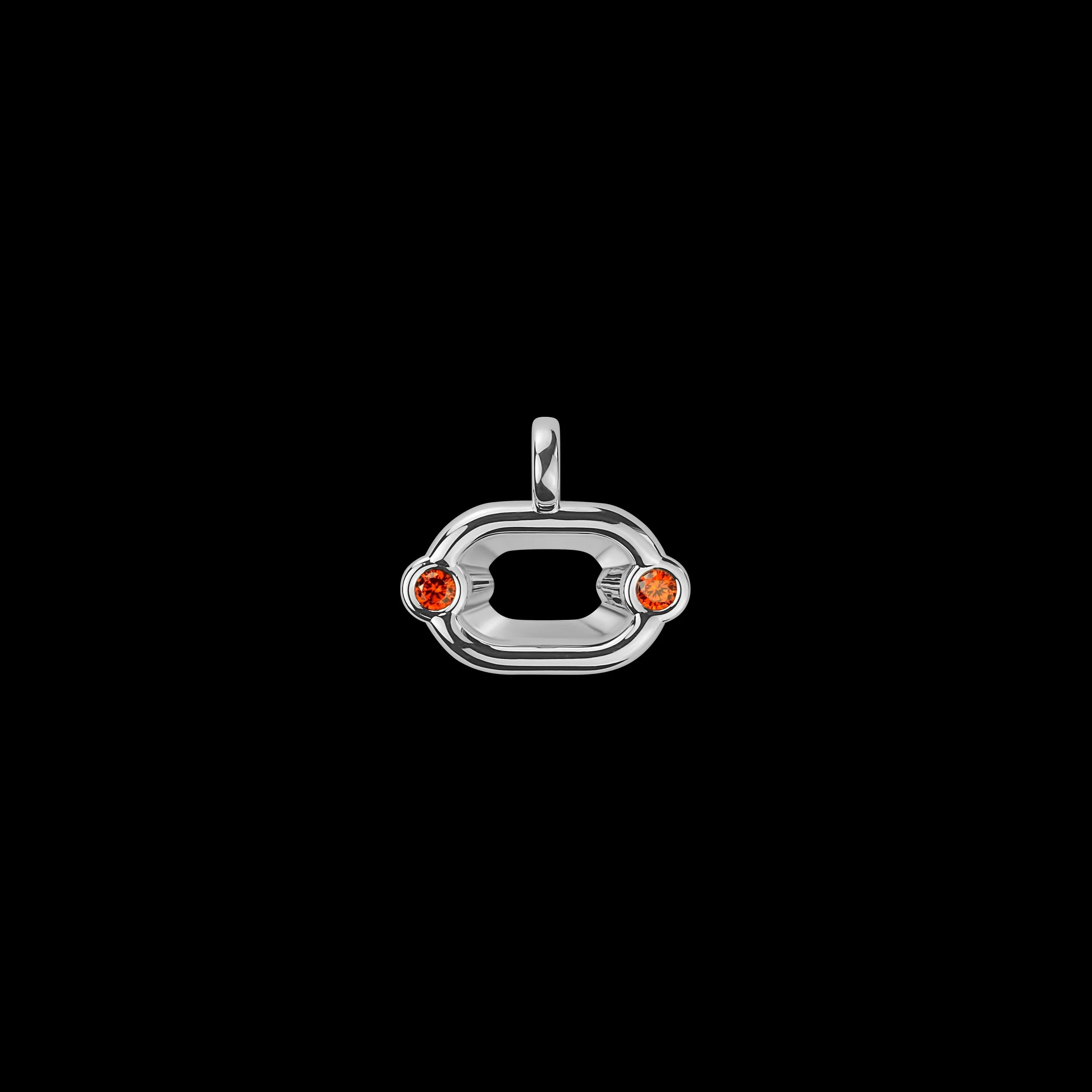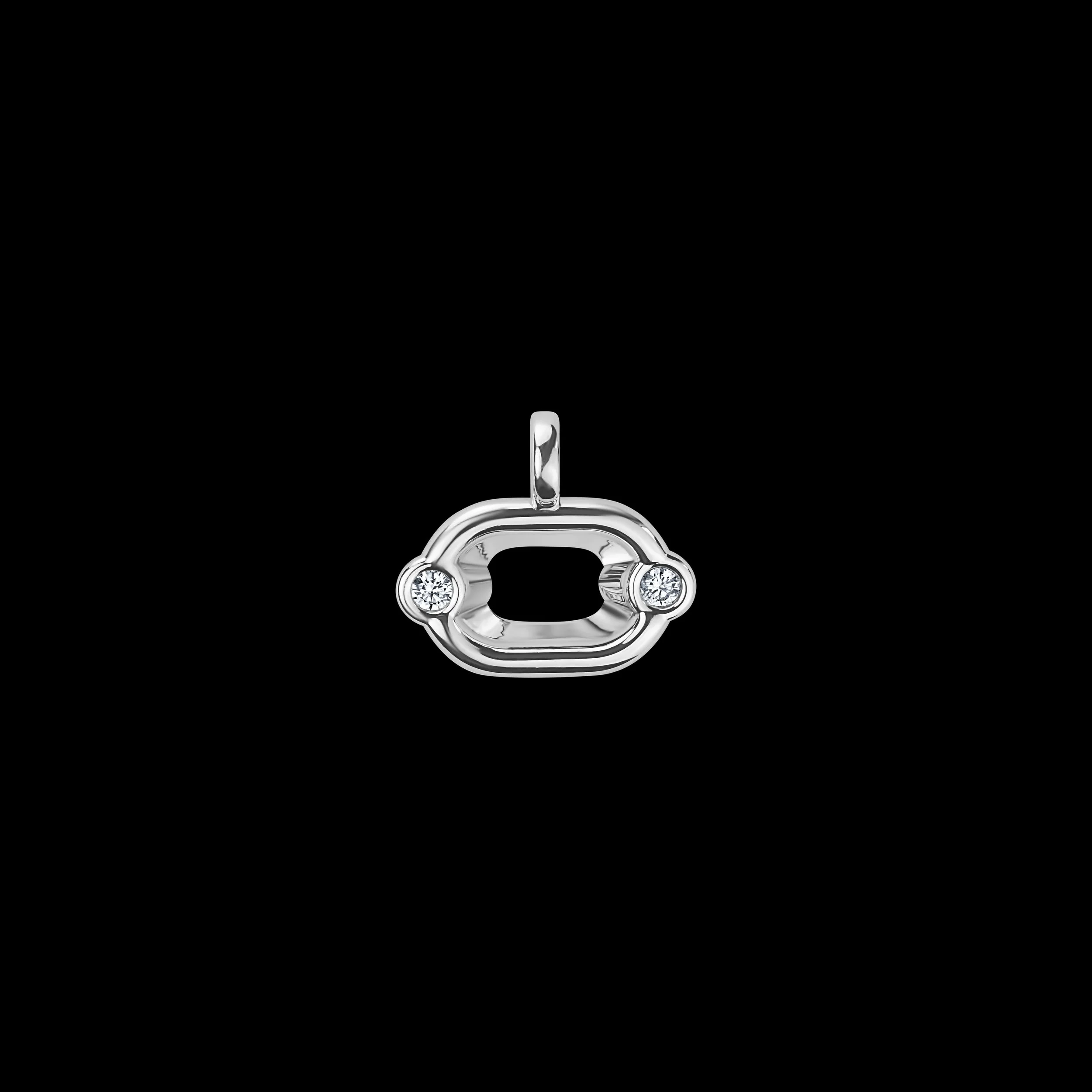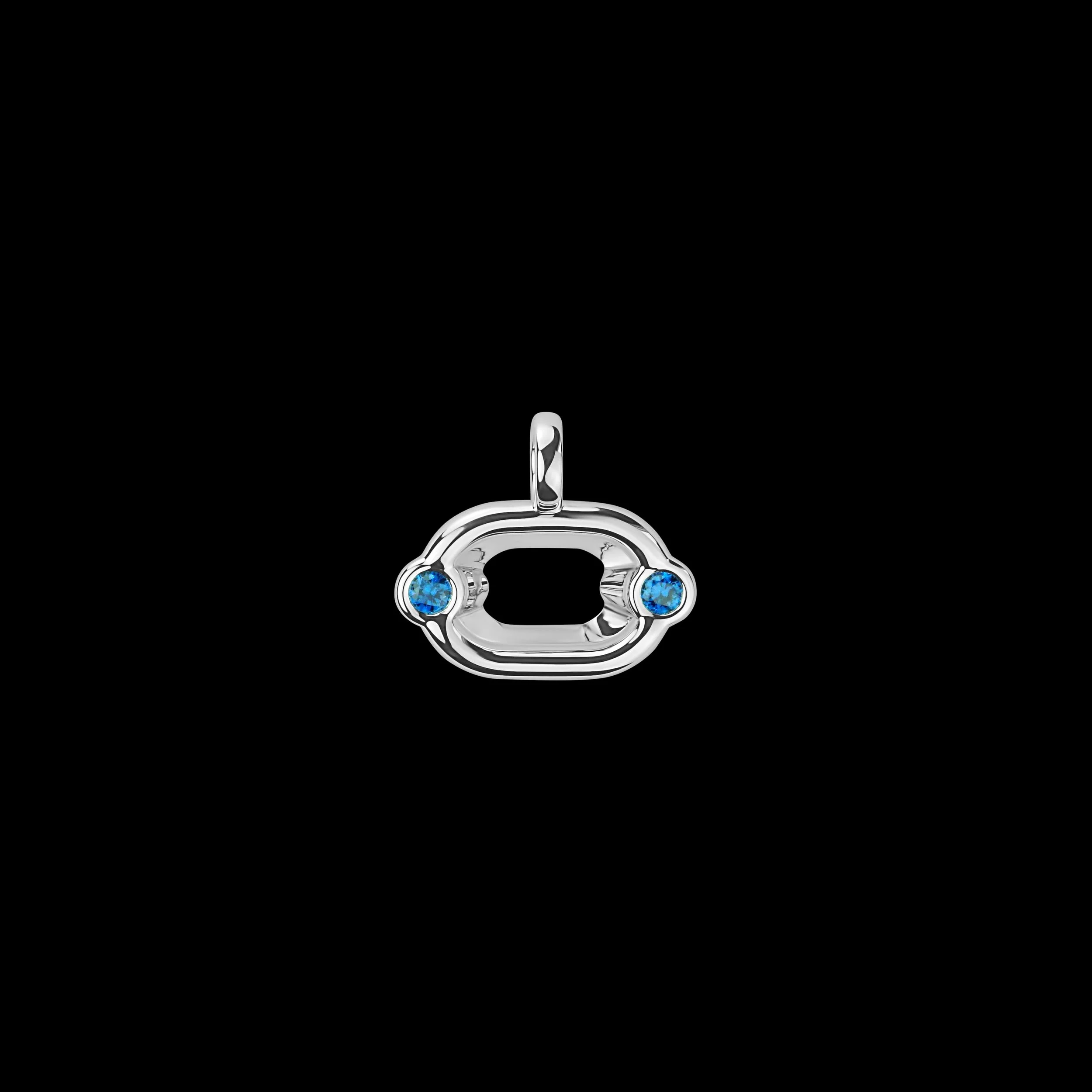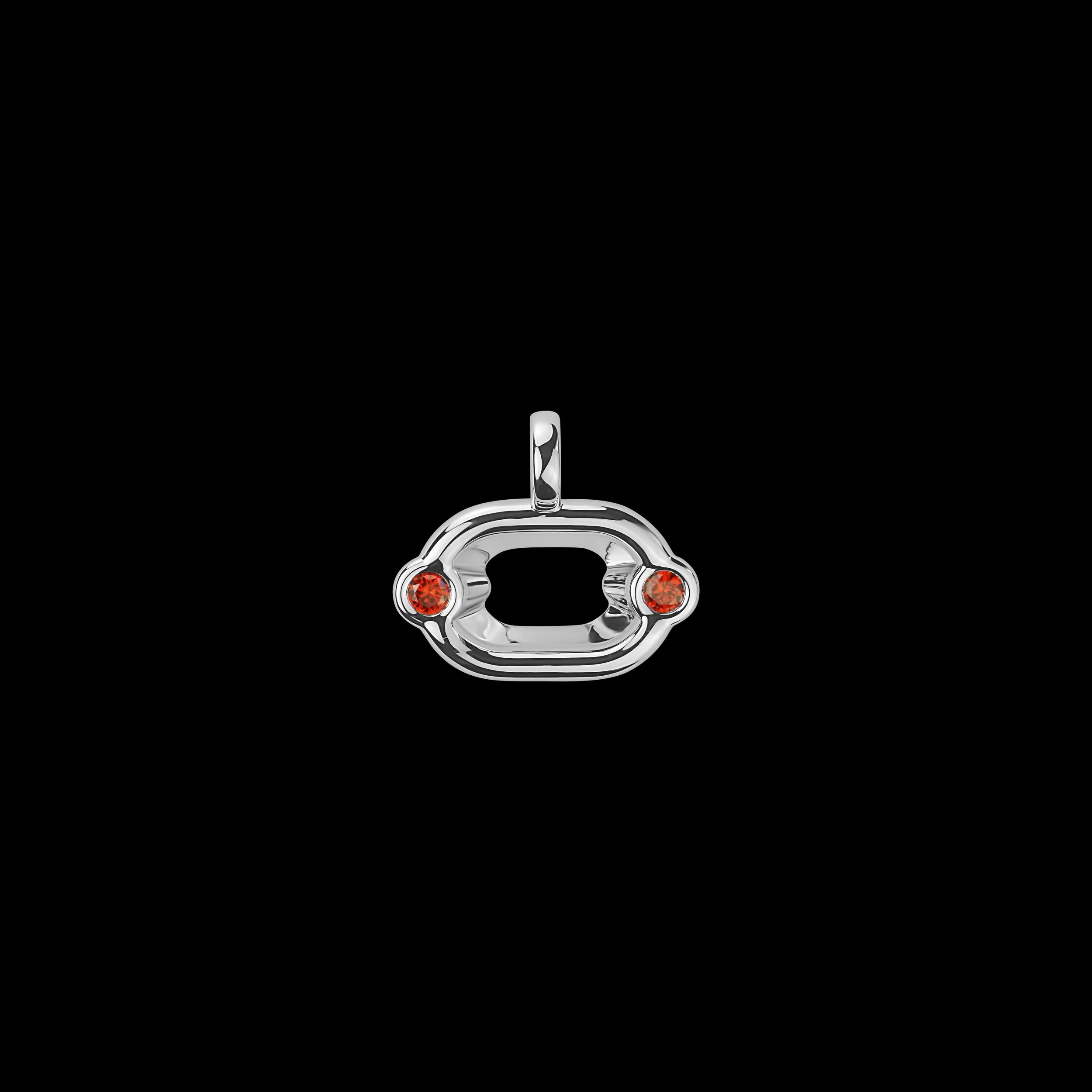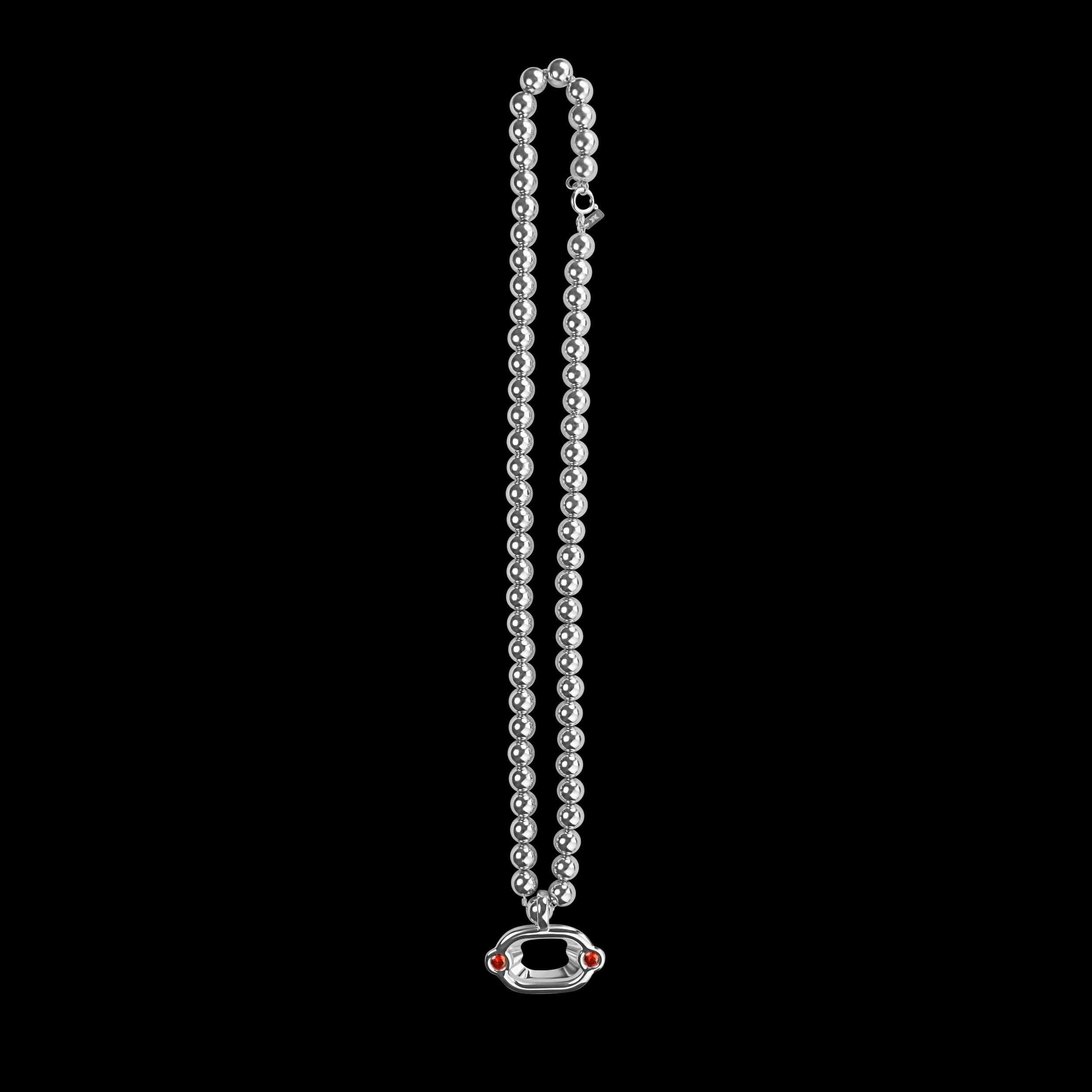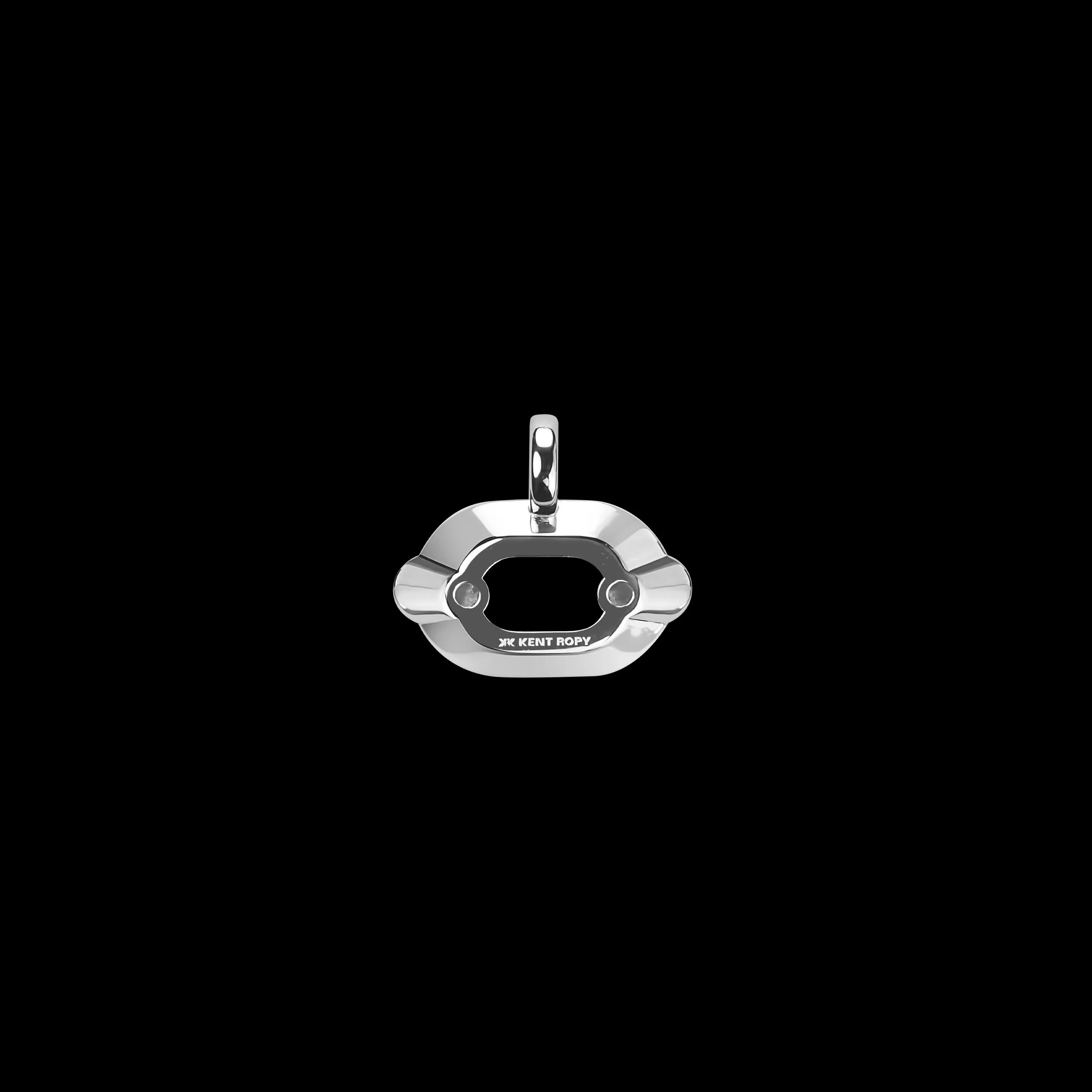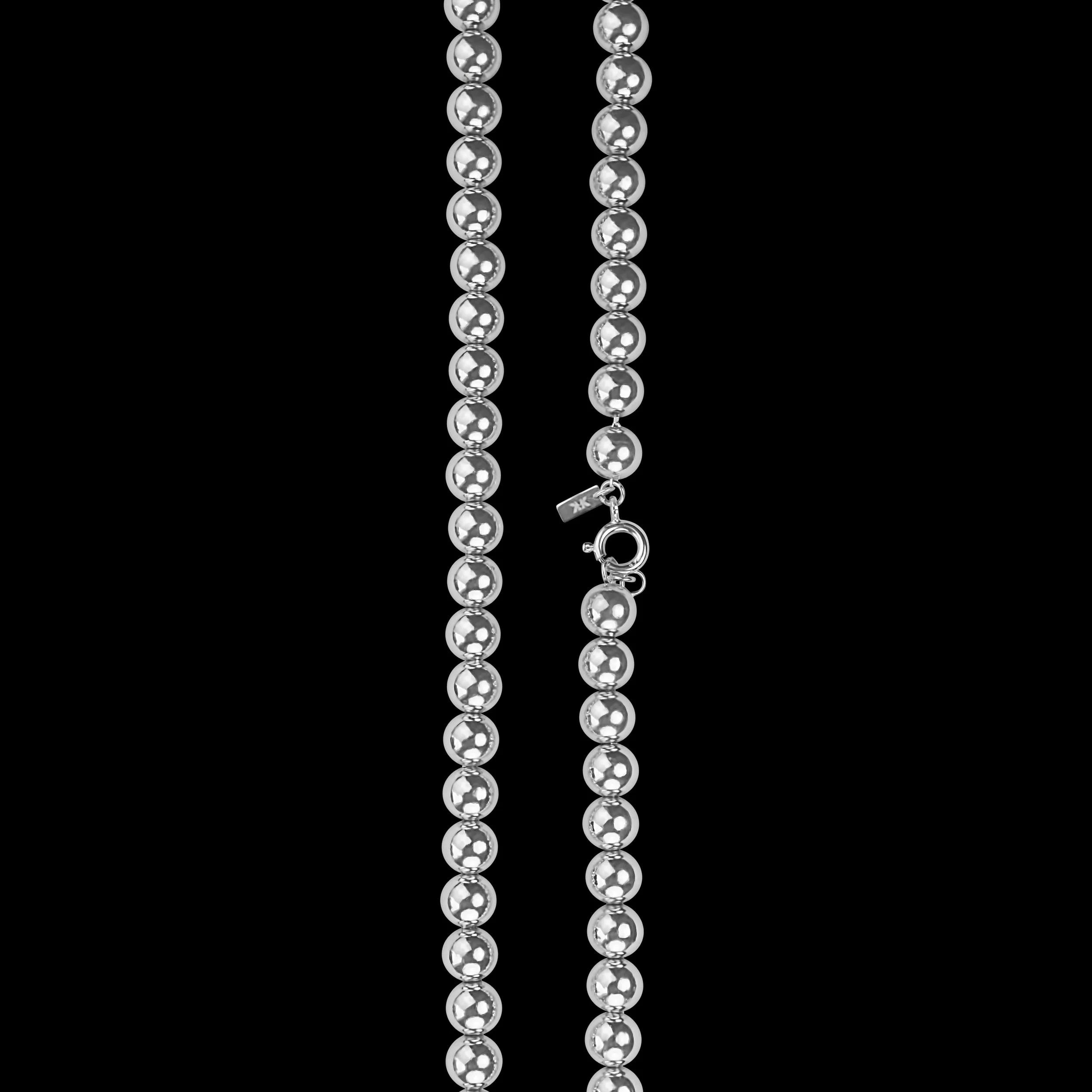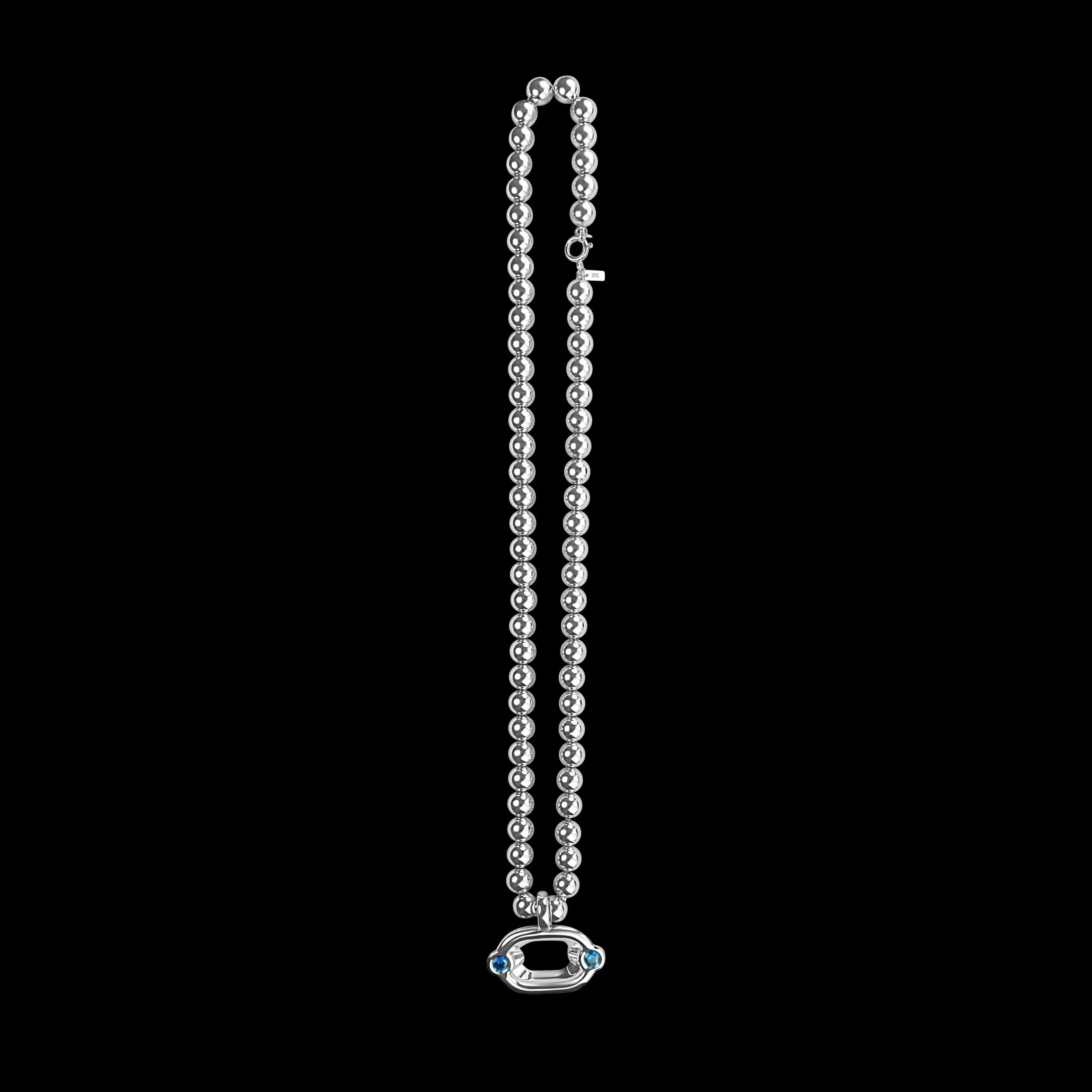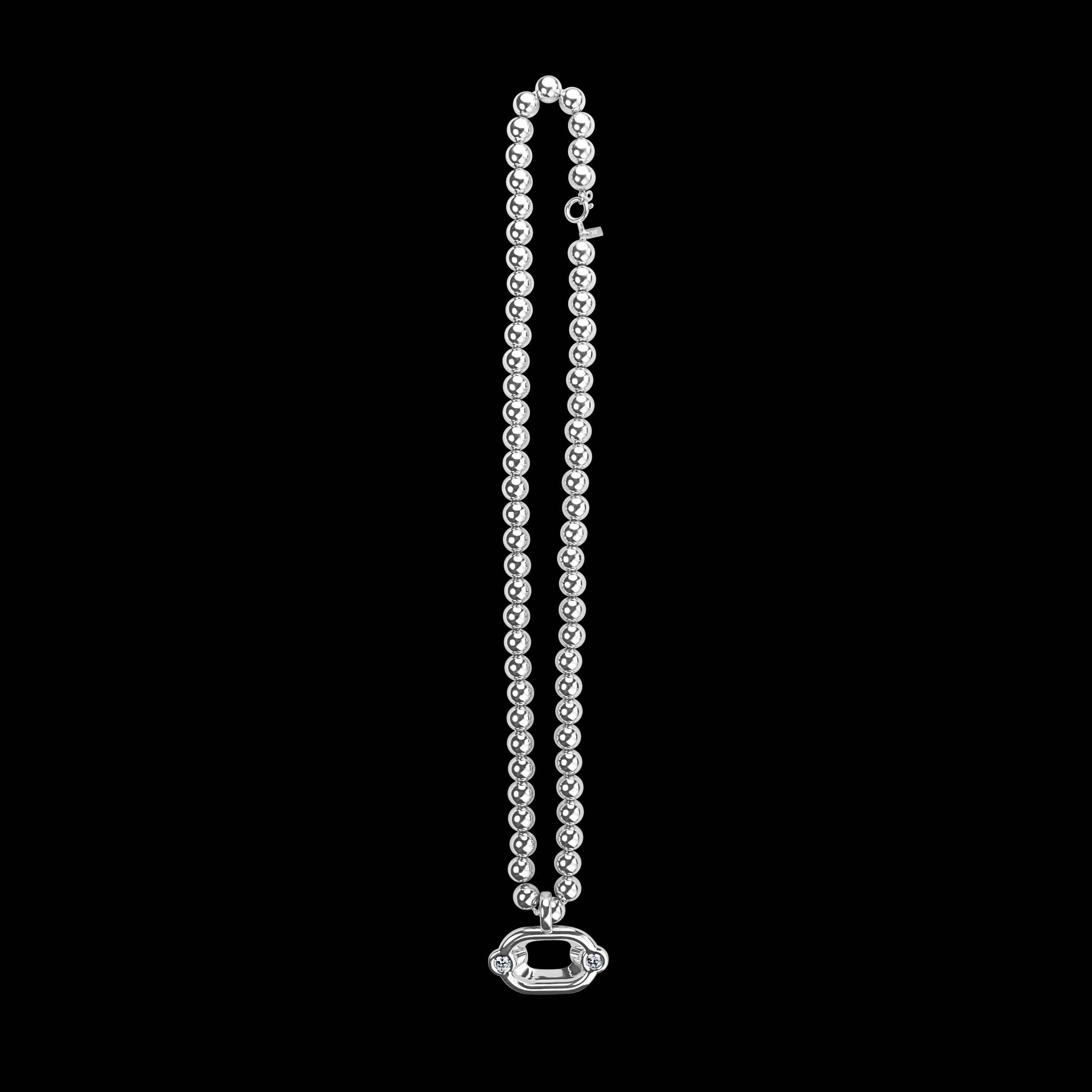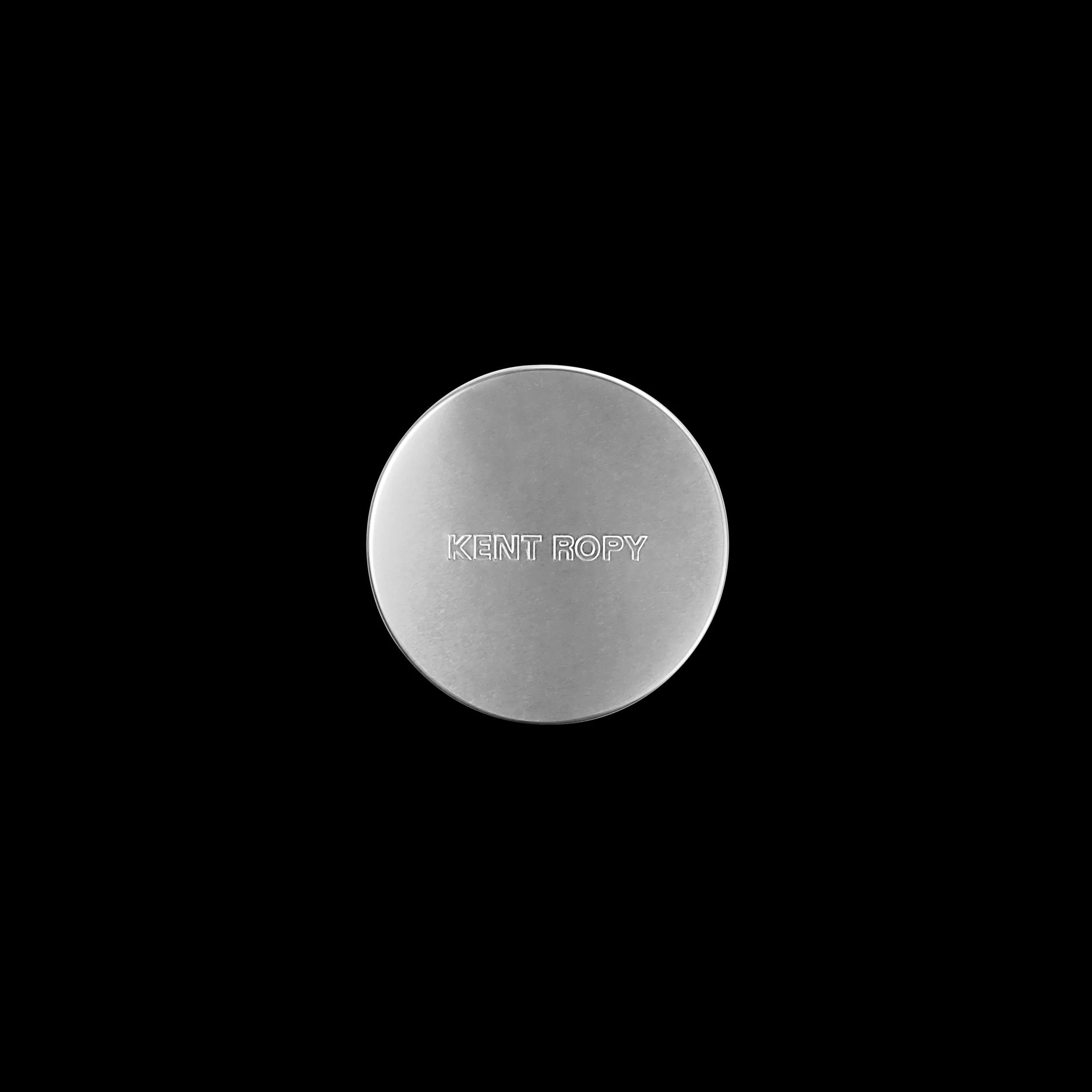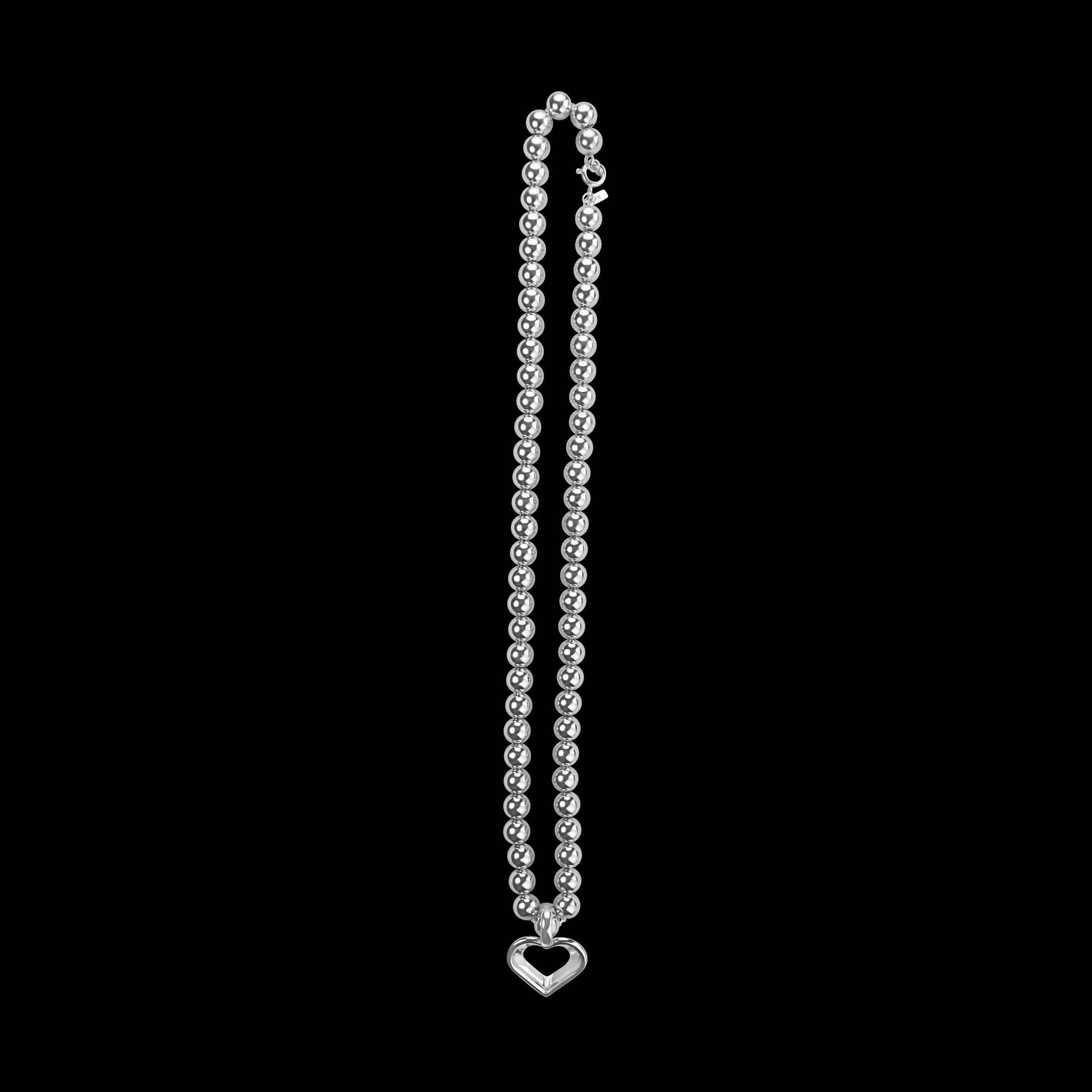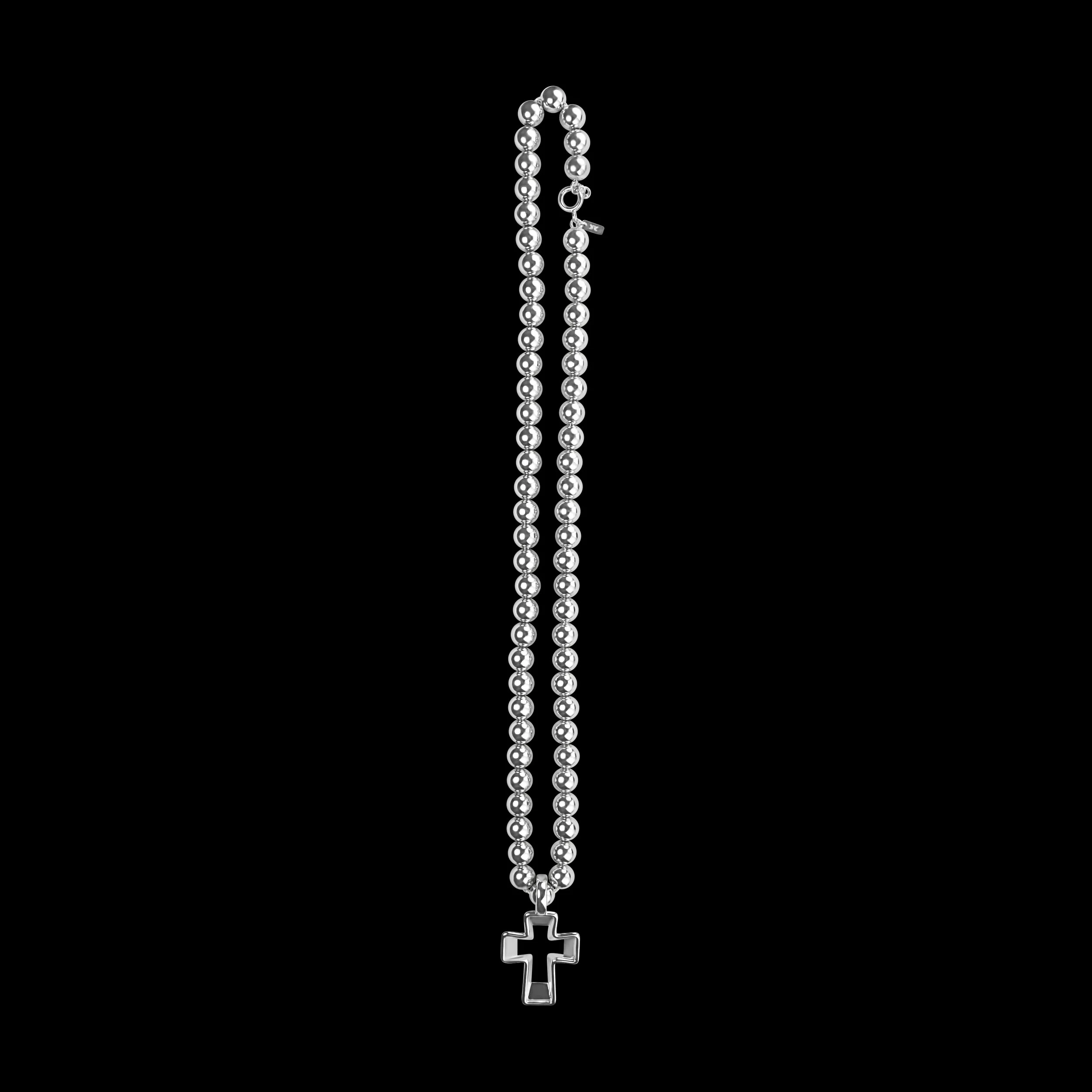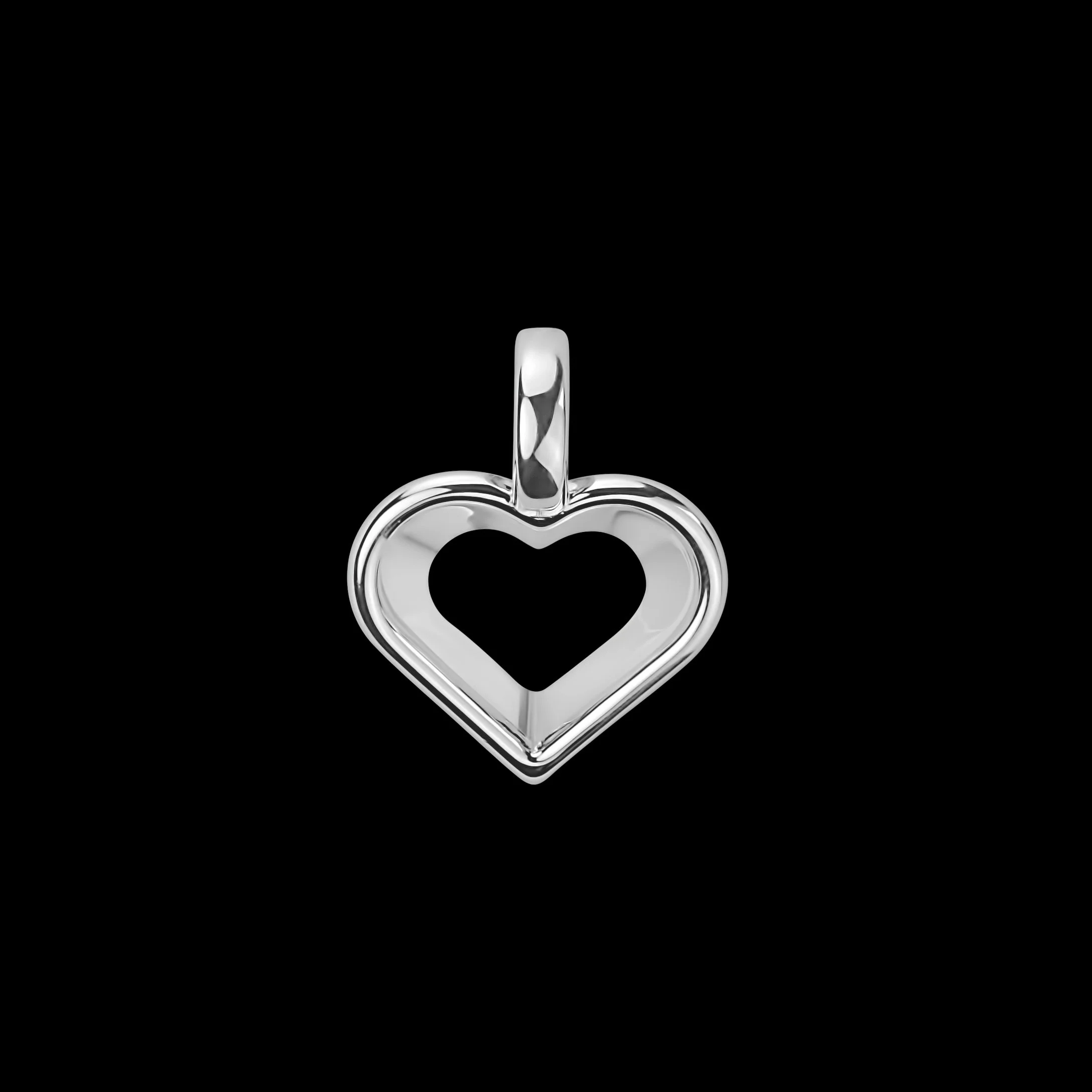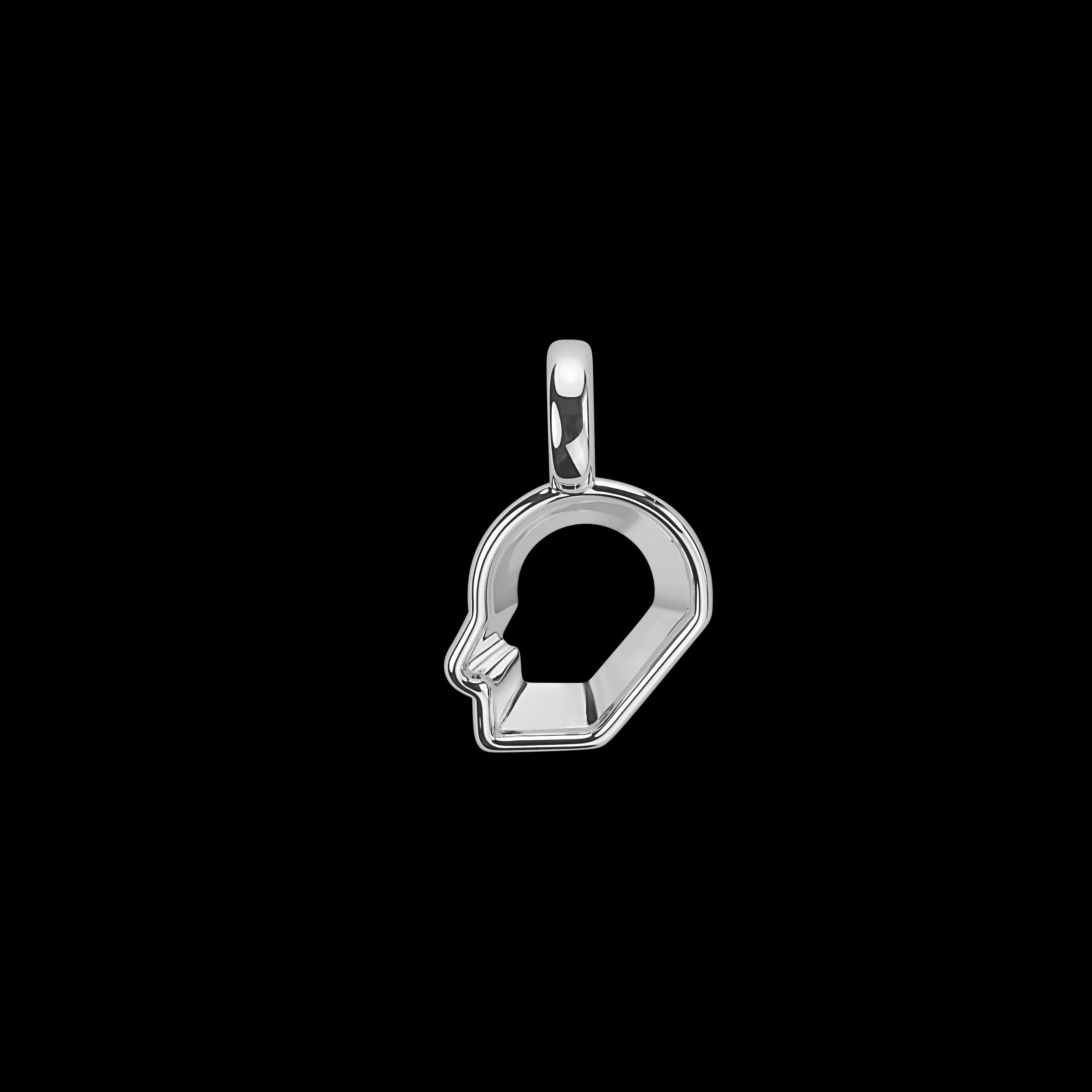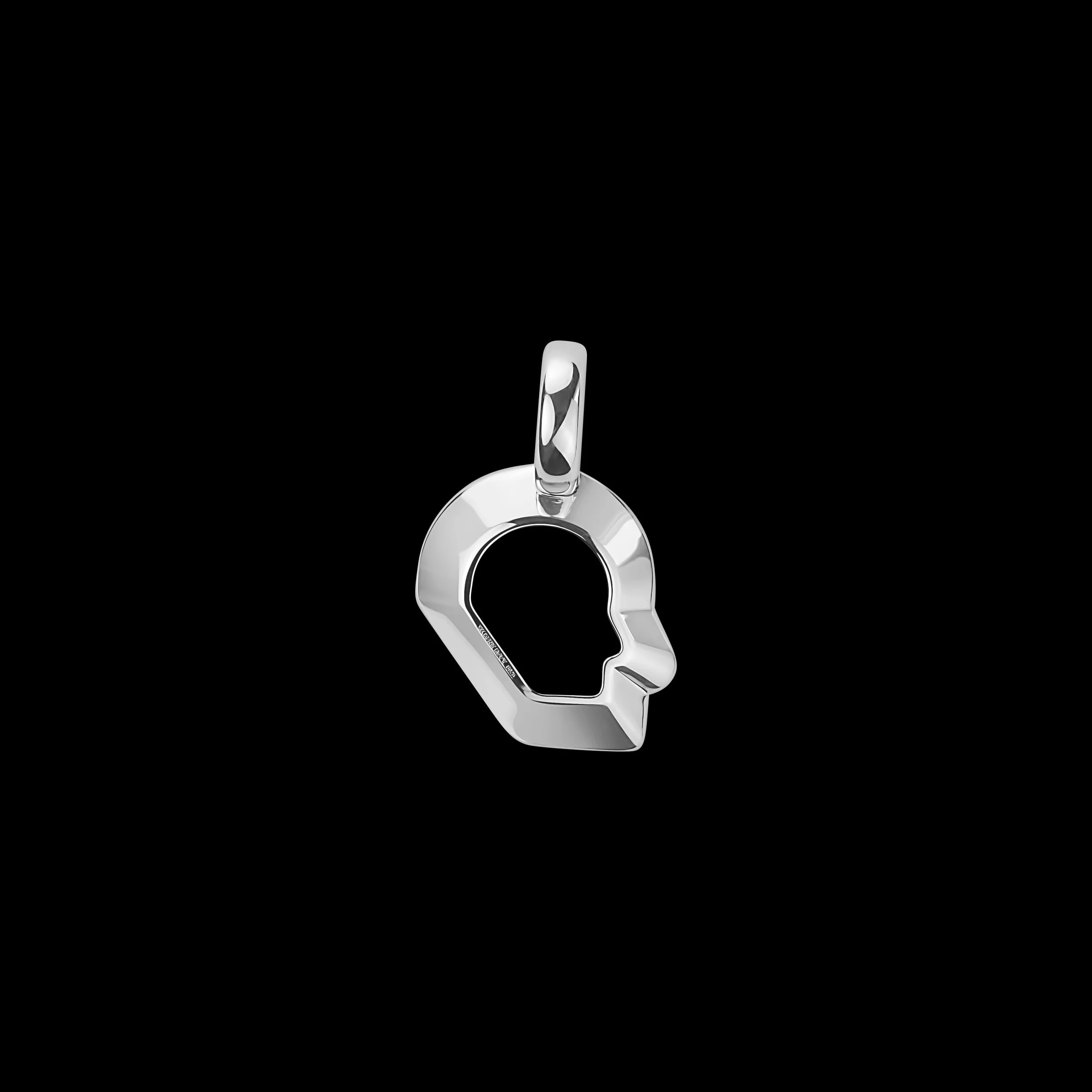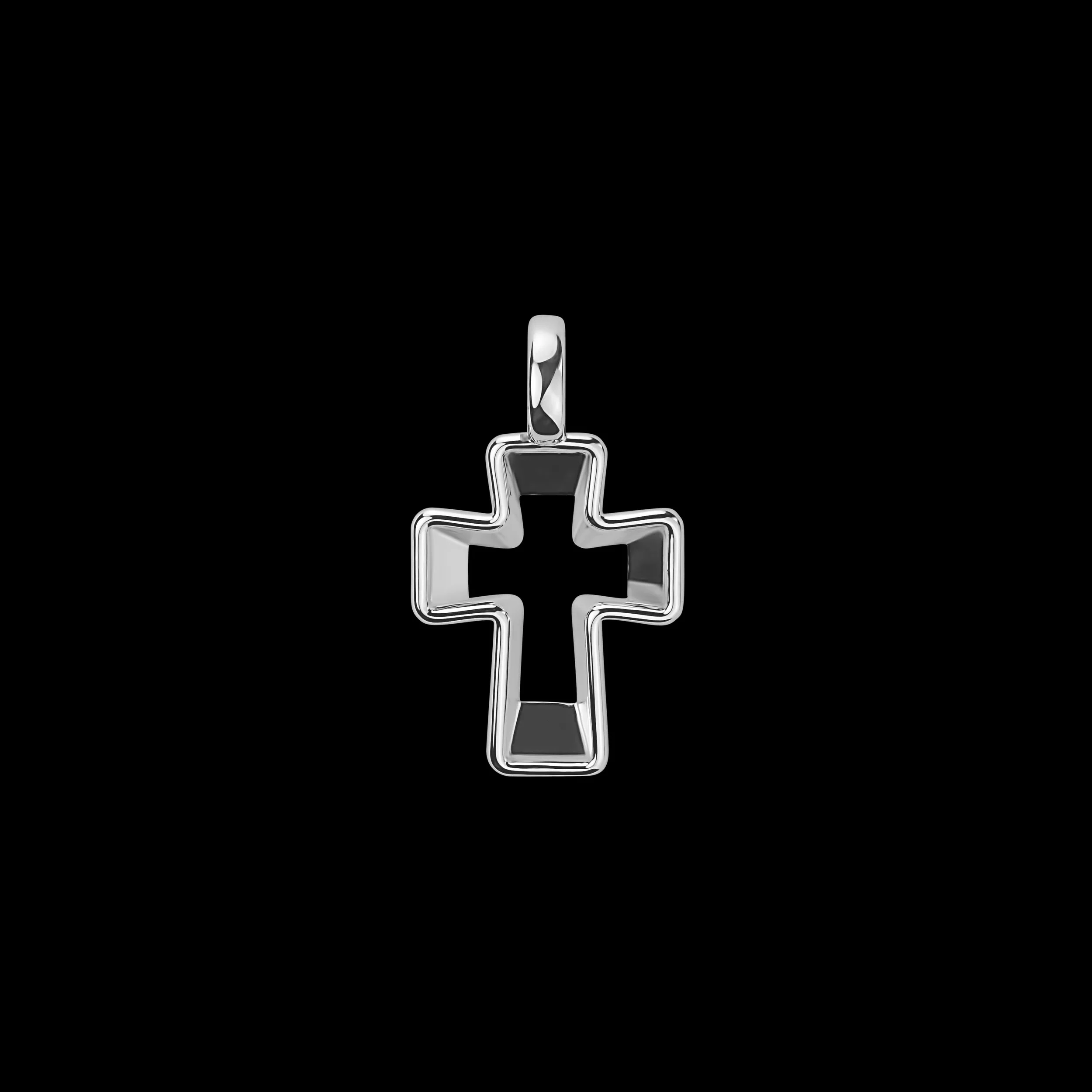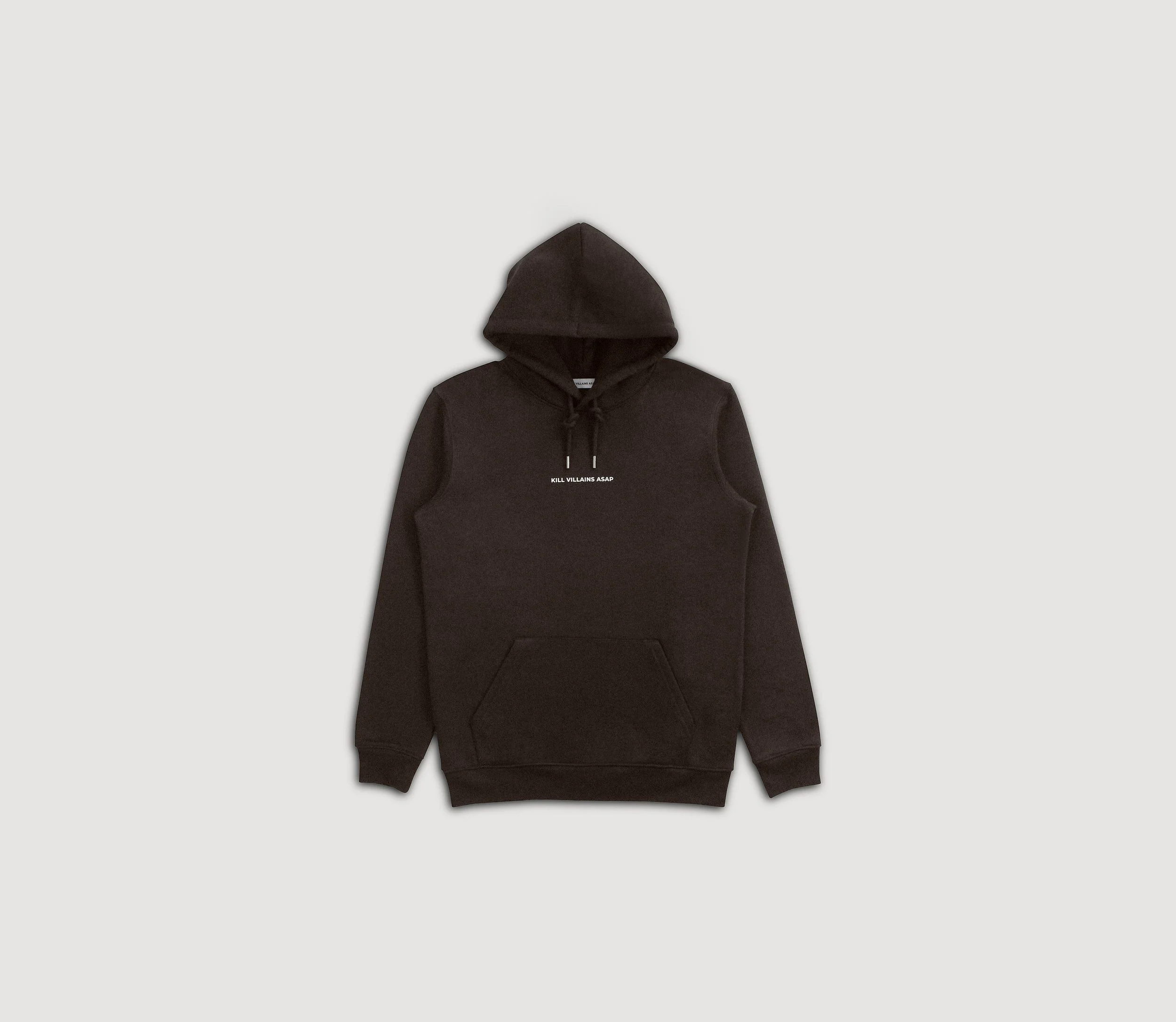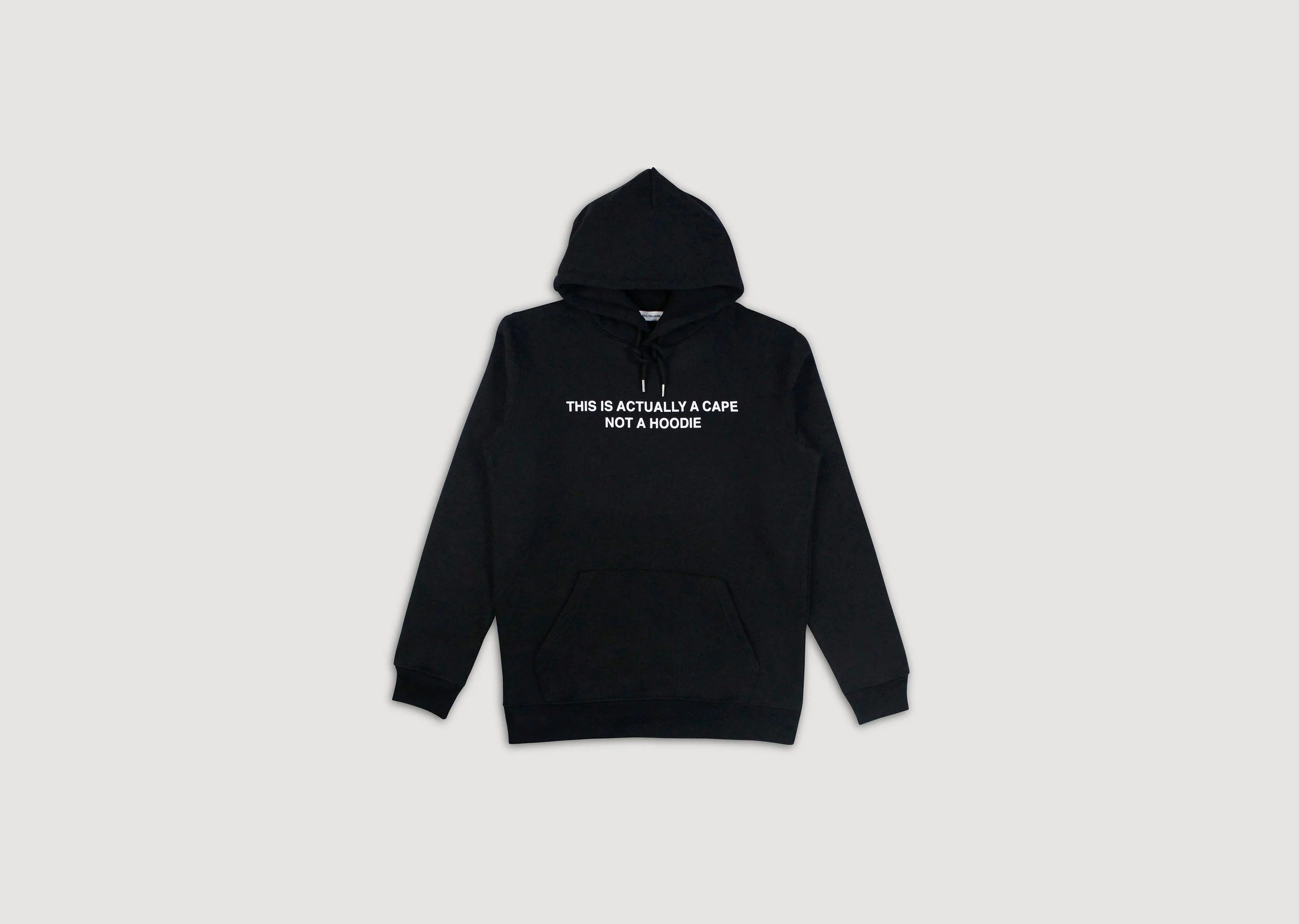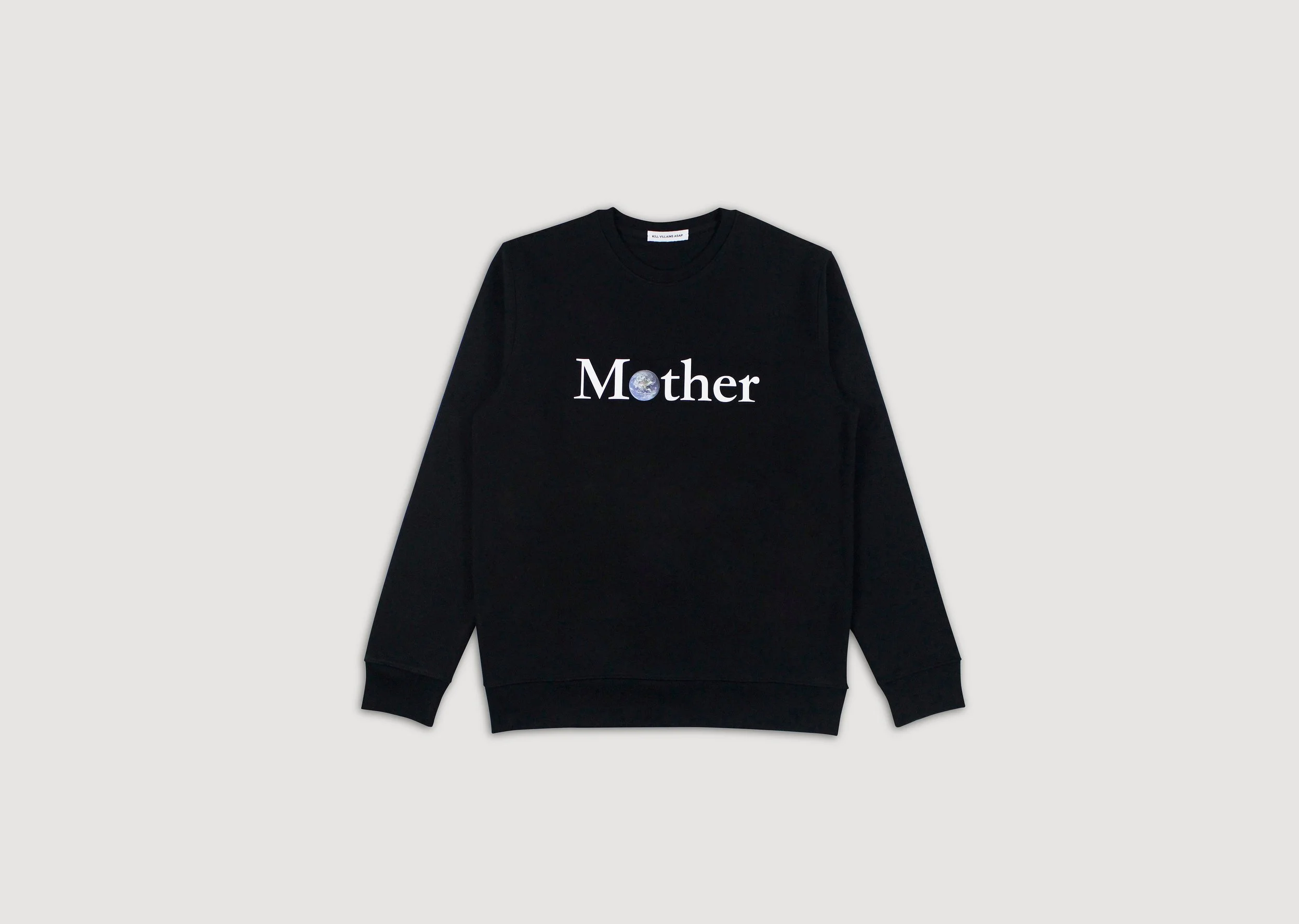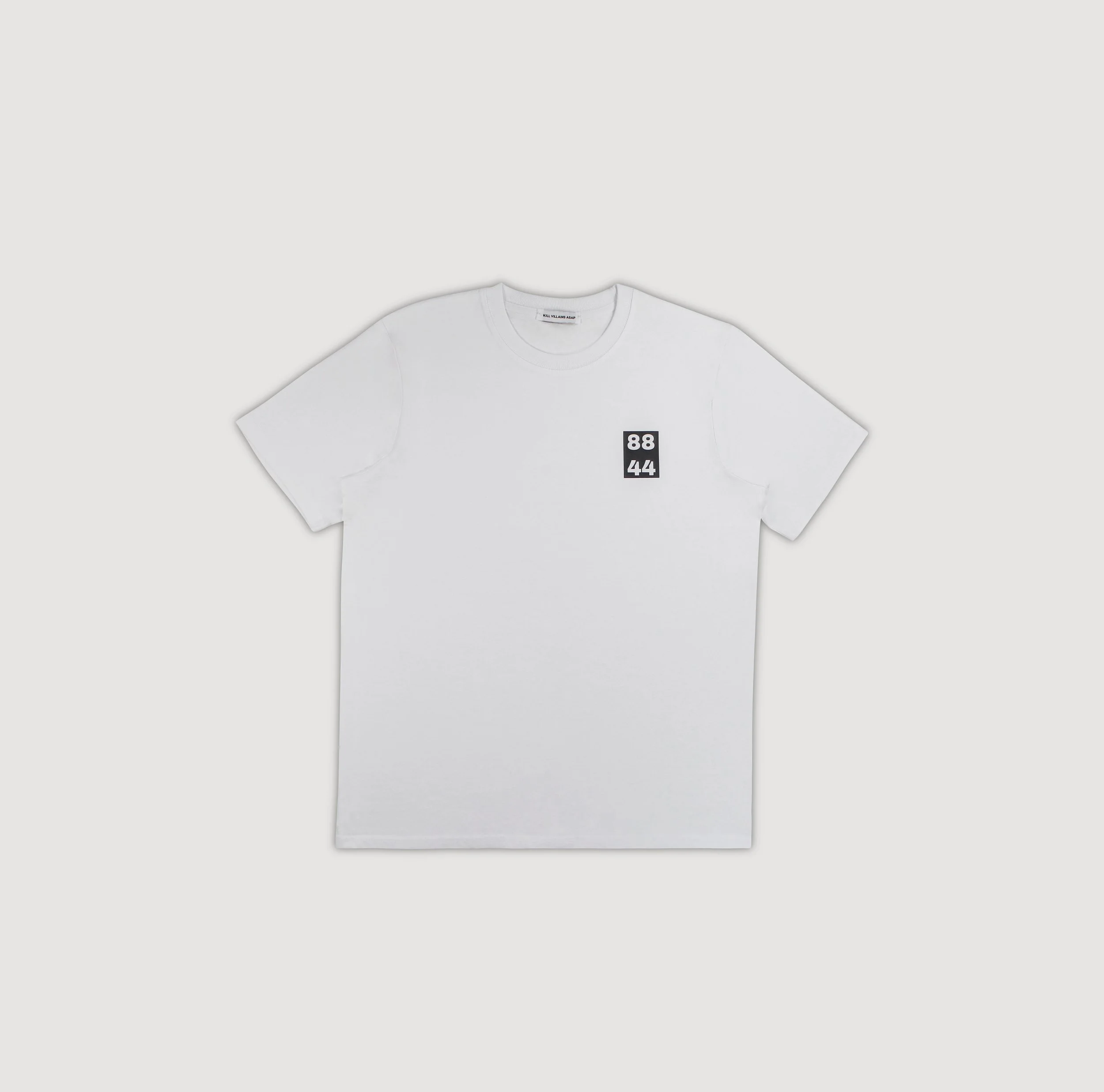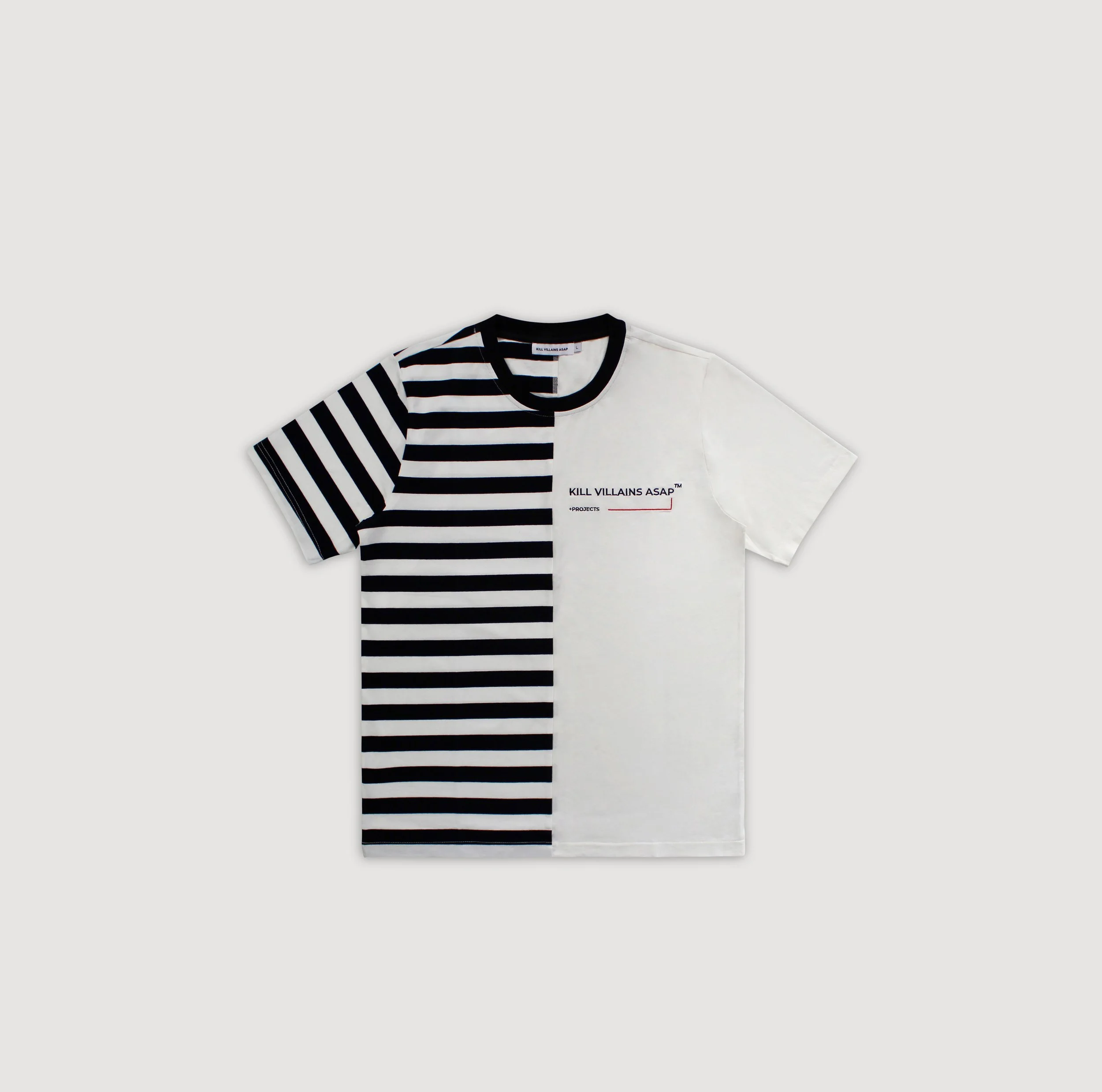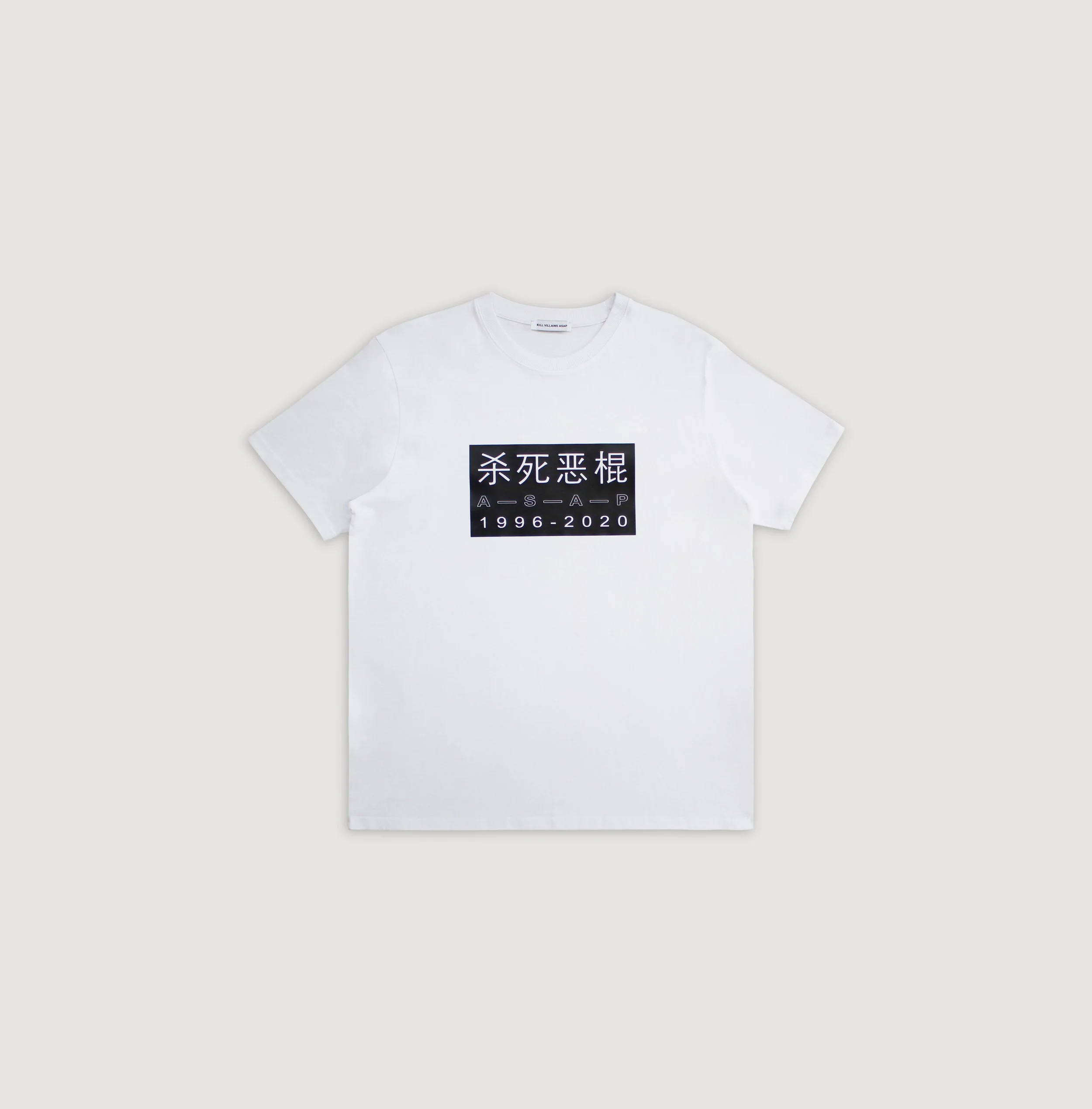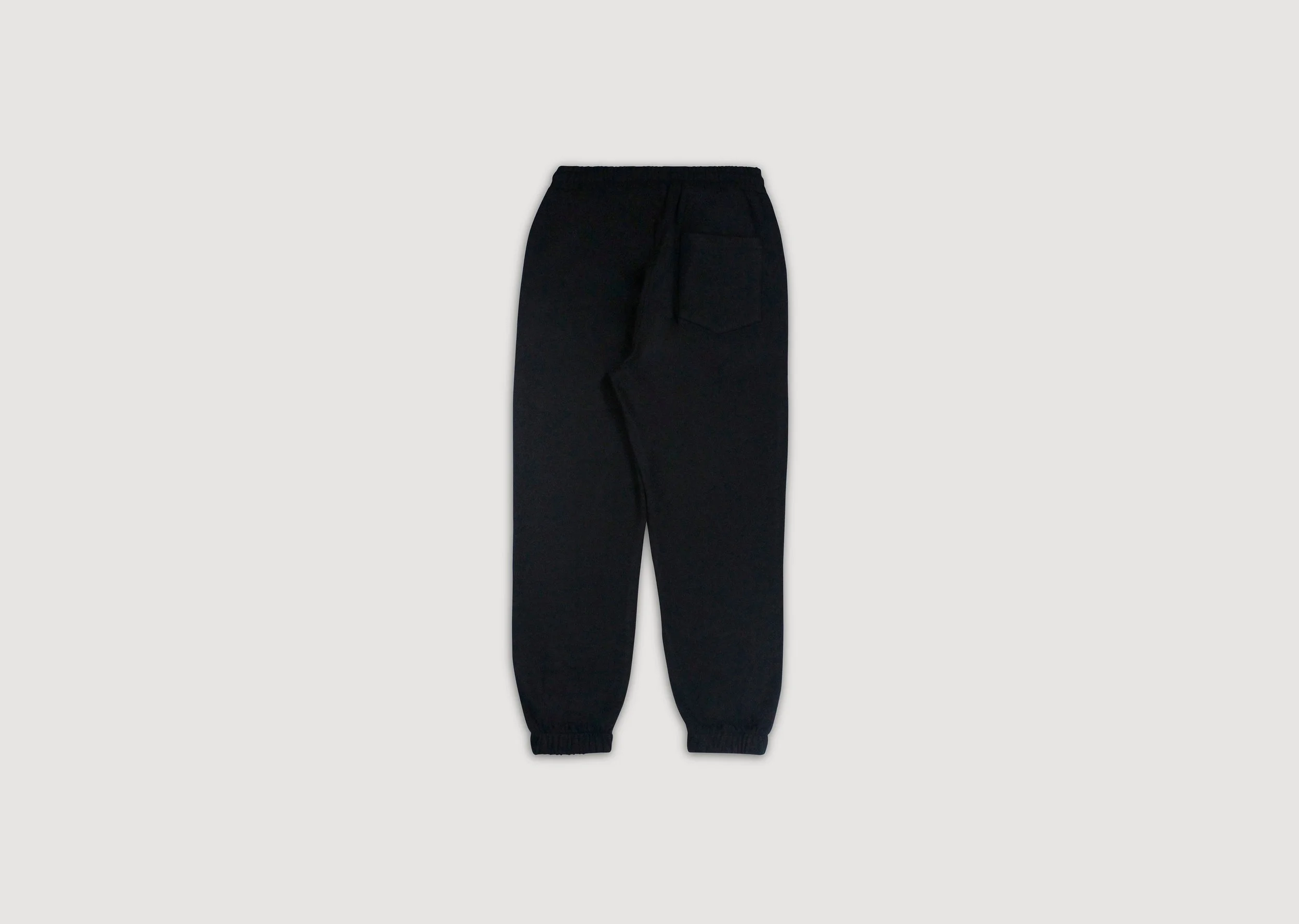Product Design
Using 3D design to bring a product into the physical world is a deeply iterative and often complex process, but it’s also where some of the most valuable insights are found. This approach pushes me to think beyond just aesthetics and into how a product functions, feels, and interacts with its environment.
Through this process, I learn how to balance form and function making sure that every design decision serves both the end user and the core idea behind the product. From early sketches to CAD models, to prototyping and final output, each step is guided by a design thinking mindset: define the problem, empathize with the user, explore solutions, test, and refine.
Holding the final product in my hands seeing how the materials, proportions, and details come together not only validates the design but also reveals new opportunities for improvement. This physical feedback loop is essential. It reminds me that good design isn’t just about how something looks on screen, but how it lives in the real world.
Ultimately, 3D design helps me bridge the gap between concept and reality and the design thinking framework ensures that every step of that journey is intentional, user-centered, and open to iteration.








